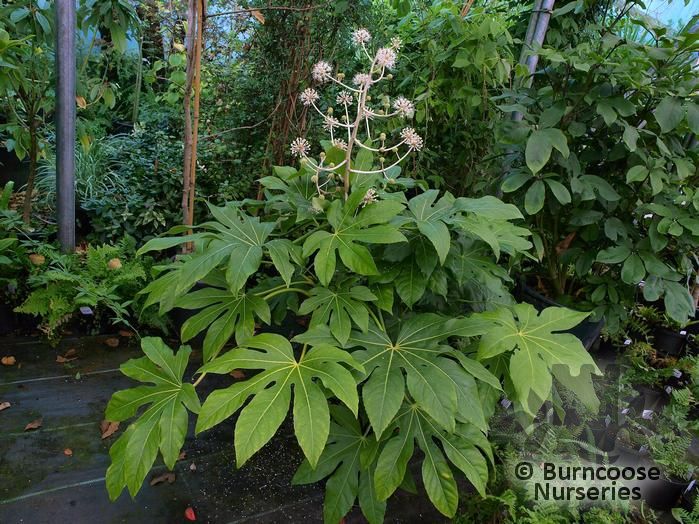


The fruit of the common fig is notably rich in vitamins and minerals, and many of these trees, especially some cultivars, are able to produce fruit even without pollination in a process called parthenocarpy. This is the Ficus species that produces the edible figs sold in most stores-unless you live in the tropics where other figs are common. This is a common street plant in tropical Asian countries, occasionally grown as a interesting specimen tree in large private landscapes. This effect can make the tree spread out over quite a large area some specimens are among the largest trees in the world in terms of canopy coverage, covering several acres.

The branches form roots that stretch towards the ground to penetrate and take hold, forming alternate trunks. The dark green, leathery leaves are elliptical, 4 to 8 inches long. The trunks are massive, fluted structures with smooth light-gray bark. These trees are epiphytic-they absorb moisture from the air. Banyan trees are one of the species sometimes called strangler figs because of the way they grow-they can sprout in the holes and cracks of an established tree and over time grow around the trunk, gradually strangling it. Other common names for this plant include Bengal fig or Indian fig. The traditional banyan tree commonly seen in landscapes is the Indian banyan, though the same name is also applied to other species of fig trees. The Spruce Home Improvement Review Board.


 0 kommentar(er)
0 kommentar(er)
